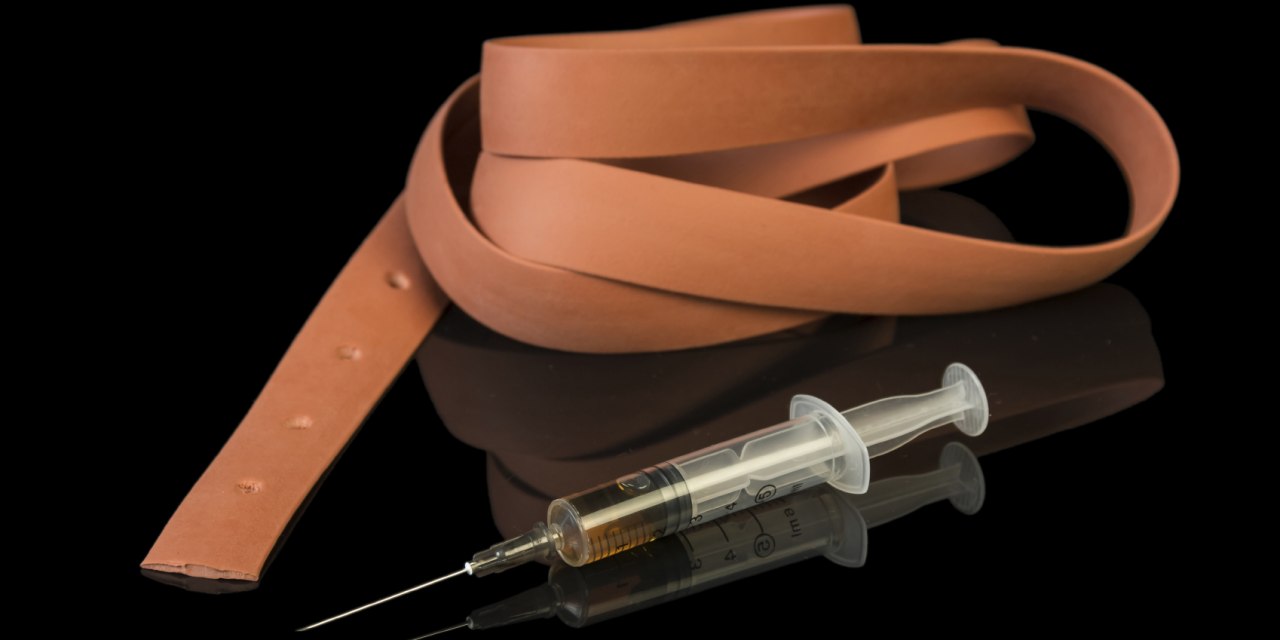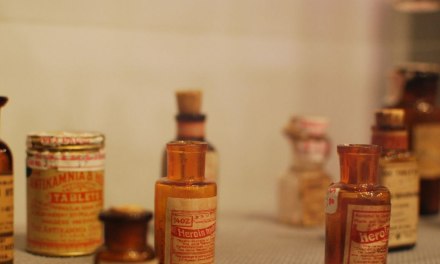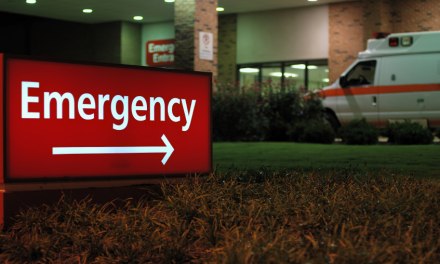I’m familiar with the District of Columbia and its longstanding difficulties with drugs. Last I heard, an estimated 10% of District residents had active problems with substances. If that holds true, then it would translate to about 70,000 current DC residents. The District is a very compact place, only 60 square miles of land mass, and the idea of 70,000 people with drug problems crammed into that area, alongside 630,000 other people– well, it’s brain-scrambling.
Still, it’s not so different from the situation in other big, concentrated urban areas, like Philly, San Francisco, New York City. And Baltimore, of course, as anyone who saw The Wire knows. I remember when I first arrived in Maryland in the midst of the cocaine epidemic, and wondered aloud why there was such a focus on heroin rather than crack. “That’s just Baltimore,” a colleague replied. “It’s a dope town,” meaning heroin. “Always has been, always will be.” Drug use in Washington DC might be slightly more diverse, but it’s every bit as chronic. Given that history, experts don’t expect to eliminate or even substantially reduce opioid addiction in the near future. They’re mainly focused on saving lives, lessening harm, and protecting society from the worst consequences.
It’s one reason that the controversial notion of supervised safe injection sites gets some traction in such cities. Here’s something on the subject.
A safe injection center is designed to attract and serve the very chronic user– one with a long history of heroin use and multiple failed attempts at stopping. It’s not the main body of the using population, but it’s among the sickest and most difficult to care for. Many are “frequent flyers” or super-utilizers of Emergency Services and expensive acute hospital care. That consumes a disproportionate share of limited healthcare resources. Now, with the introduction of fentanyl and carfentanil, the decision to inject heroin or cocaine can easily result in a fatality. Or at best, a frantic race to save a life, sometimes with success.
The theory is that safe injection sites would lead to a reduction in use of other health services by this difficult population.
The downside: Not only is a safe injection center politically controversial, it’s extremely costly as such interventions go, due to the medical personnel involved. Advocates would need to make a convincing case to the public in terms of both immediate local need and measurable harm reduction benefits. Plus there would still be plenty of political resistance from some sectors.
Nonetheless, I’m guessing we’ll hear more about this from the public health sector in coming years, as the opioid epidemic winds down (I hope), and cities look around for ways to pick up the pieces.













